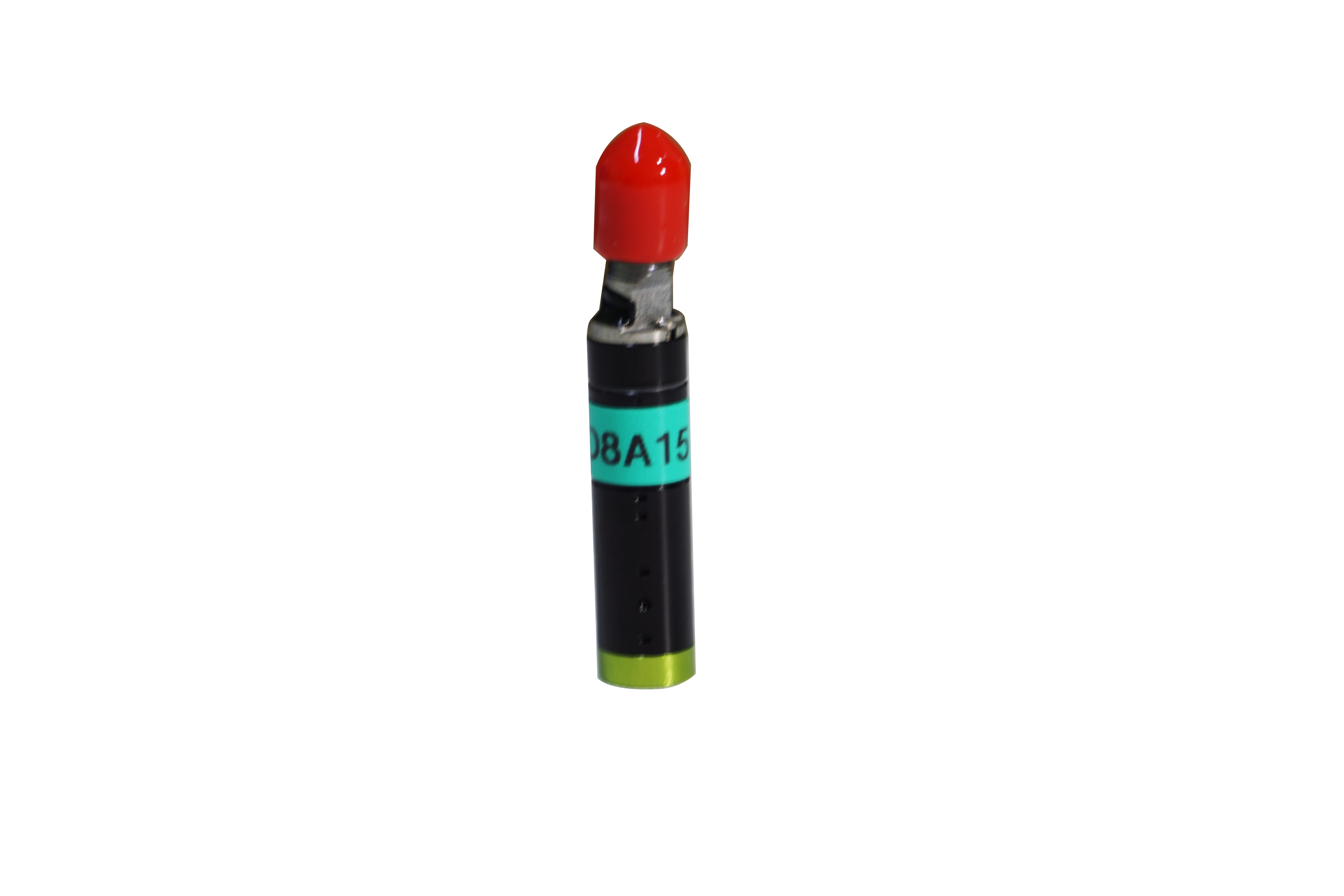2022-07-04
The spectral confocal displacement sensor passes a beam of white light (or multi-wavelength mixed light) through a small hole, and focuses different wavelengths onto the optical axis through the lens, dispersing to form a rainbow distribution band, shining on the sample, and some of the reflected light is reflected back. The light that is not illuminated at the intersection of the optical axis and the surface of the object passes through the spectroscopic part, and is illuminated around another small hole, which is blocked and cannot be illuminated to the spectral analyzer, and does not interfere with the measurement. The light shining at the intersection of the optical axis and the surface of the object passes through the splitter component and illuminates the spectral analyzer through the small hole. According to the wavelength calculation, the distance between the lens and the measured object can be obtained. Today, Xiaobian introduces the detection principle and thickness detection model of spectral confocal displacement sensor.

Spectral confocal detection technology analyzes the focal points of different wave degrees on a specific surface to achieve accurate dimensional detection and microscopic morphology analysis. According to the detection principle, the specific wave can converge on the front of the sample, and for the transparent material sample, the two different wave can converge on the front and back of the sample. These are the two detection modes provided by spectral confocal (displacement detection mode, thickness detection mode).
Thickness detection mode:
When detecting transparent samples such as glass and lens, the two lines with different waviness can converge on the front and back surfaces of the sample, and the thickness of the sample can be calculated after obtaining the parameter of the refraction coefficient of the sample. Confocal detection is large and has all the advantages of non-contact detection compared to traditional contact detection tools such as calipers, but also has the property of obtaining sample thickness values through unilateral detection.
The refraction coefficient directly affects the data accuracy of the thickness measurement, so the reflectivity of the sample should be checked first at the beginning of the measurement. The reflectance rate can be referred to similar material values, but in order to obtain more accurate thickness measurement results, it is necessary to use a reflectance meter to detect the reflectance rate of the sample.



